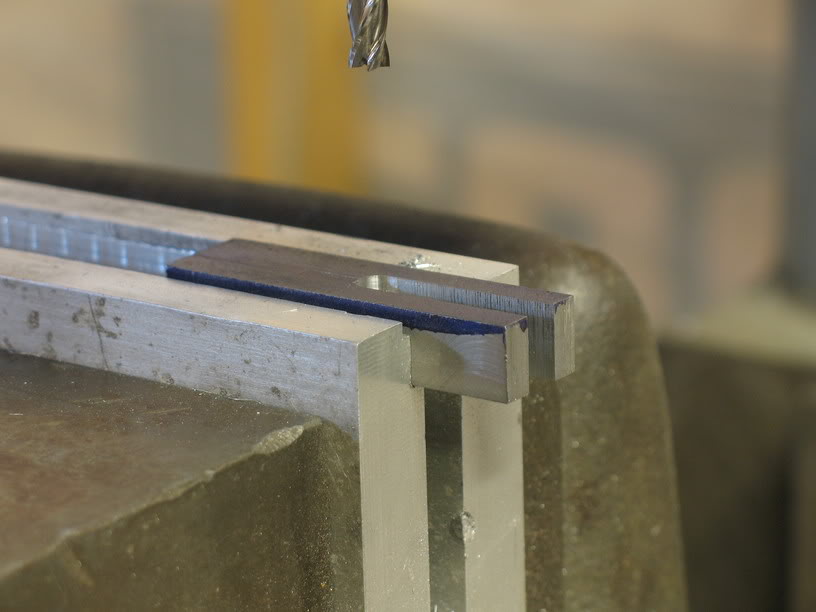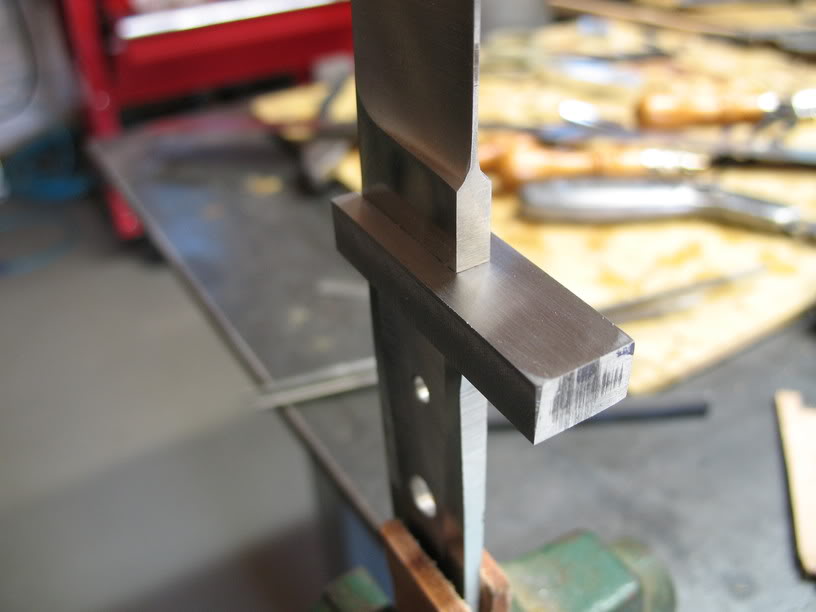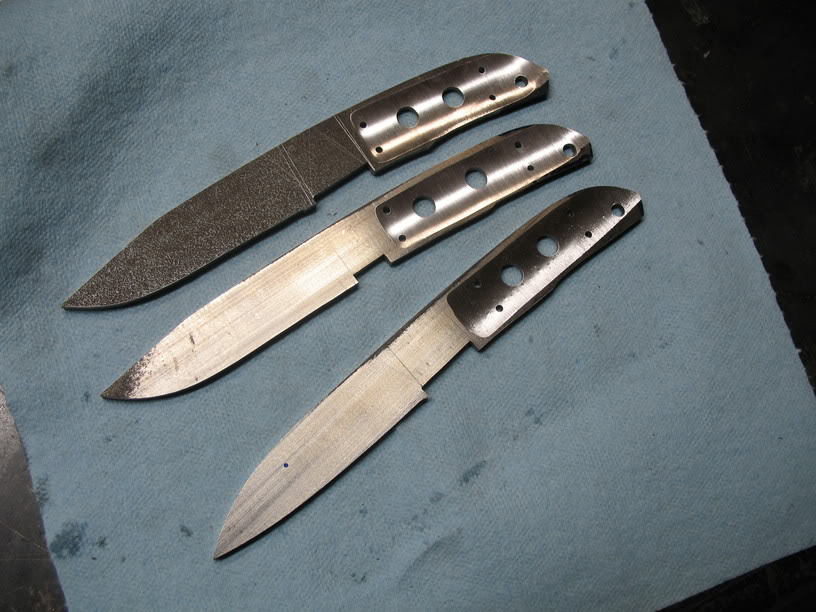Chris Railey
Well-Known Member
Yes he asked me to finish the knife not to use but to remember his good friend. So in a word, Yes.
I can see wanting to take on the project to help your friend out and he asked because he knows you make knives. I can also fully understand the points that the Pair of Johns and others are stating about not finishing the knife because it will not be to the best of their ability I respect that too. I am not saying I would or would not do it for a good friend but if I did I would consider it more of a restoration project which would not bear my name. Now, I also understand that does not stop the recipient from attaching my name to the work (all of it, not just the part I did) so i would have to decide if I was willing to let that happen. Each of us view craftsmanship through our own eye based on our own capabilities and experiences. The Johns are ahead of me in ability, so I may think I am OK with my name being associated with a finished project and they may see things I do not and back out, that is Ok. I will be the first to admit I am much more selective now about what knife work my name is associated with than I was a couple of years ago. The choice is yours, if you decide to help your friend out I know the guys here will give you the best advice they can even if that advice is "Just say No".



